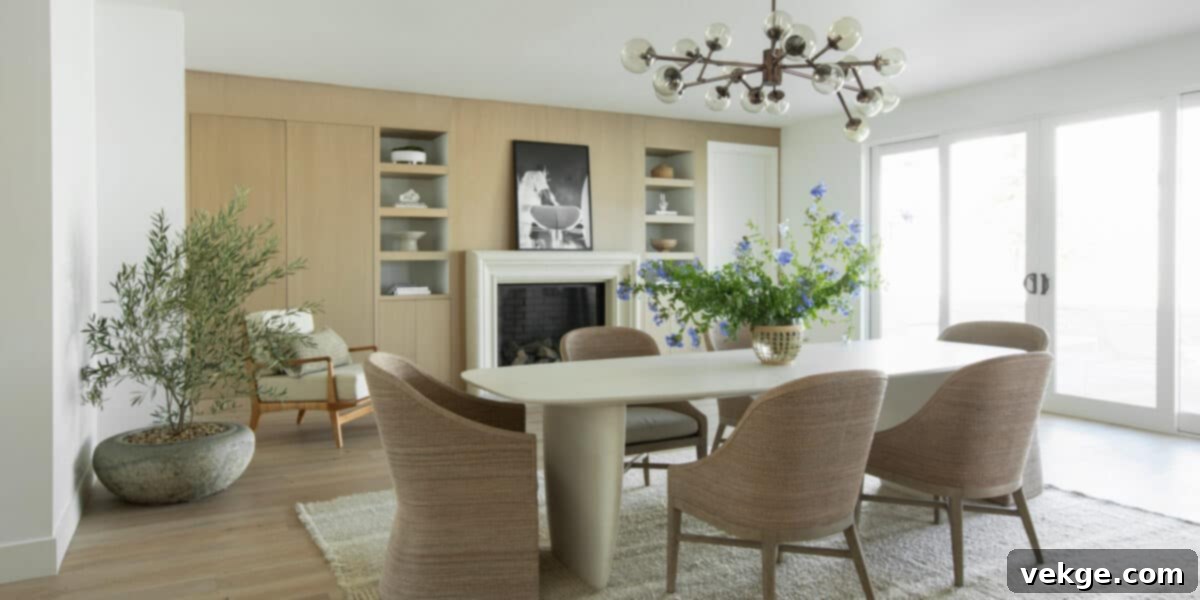The Future of Home: Enduring House Design Trends for Timeless Living
In the dynamic and ever-evolving landscape of home design, certain trends emerge with such profound impact that they transcend the ephemeral nature of passing fads. These aren’t just temporary styles; they are fundamental shifts in how we conceive and inhabit our living spaces, poised to become staples in modern homes for decades to come. These enduring design philosophies not only mirror contemporary aesthetic preferences but also demonstrate remarkable adaptability to the changing rhythms of our daily lives, our desire for connection, and our growing environmental consciousness.
From the foundational principles of minimalist aesthetics to the profound embrace of natural elements and cutting-edge technology, these are the house design trends meticulously crafted to stand the test of time. They represent a commitment to creating homes that are not only beautiful and comfortable but also functional, efficient, and deeply connected to the well-being of their inhabitants and the planet.
Embracing the Open Floor Plan: A Foundation for Modern Living
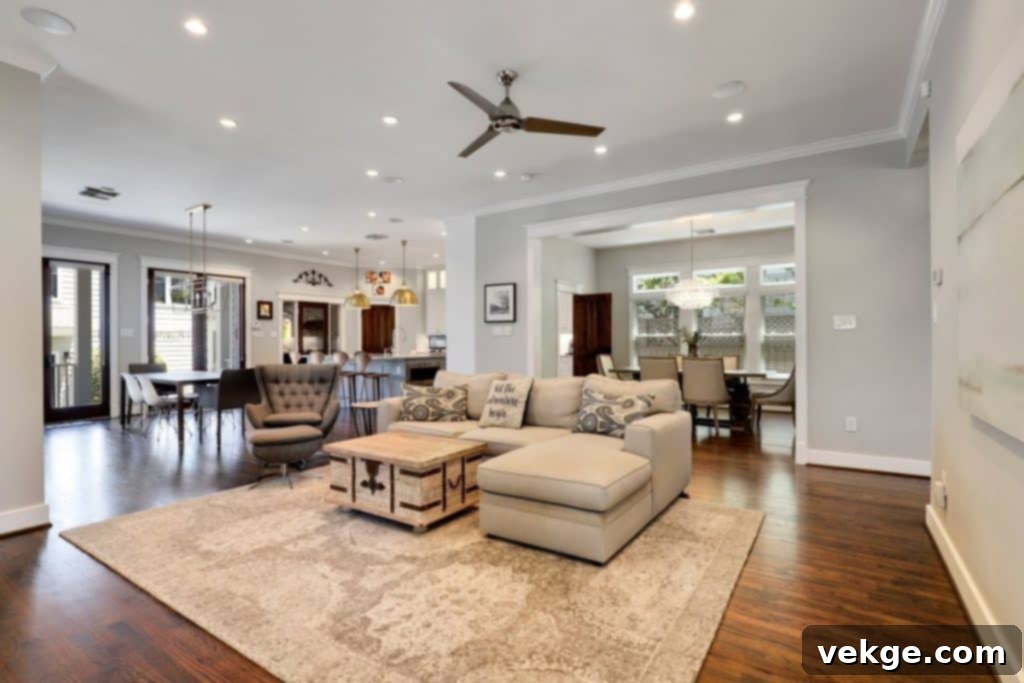
One of the most profound and transformative trends in contemporary residential architecture has been the widespread adoption of the open floor plan. This design philosophy fundamentally redefines the traditional home layout, prioritizing a seamless, expansive flow between what were once distinct living, dining, and kitchen areas. By dismantling rigid walls and integrating these core communal spaces, open floor plans foster an unparalleled sense of togetherness, communication, and flexibility within the home.
This layout is perfectly suited for a more social and interactive lifestyle, allowing families to engage and gather without the physical and psychological constraints of traditional room divisions. It’s ideal for entertaining, enabling hosts to prepare meals while remaining part of the conversation, or for parents to supervise children’s activities from various vantage points. Beyond its social benefits, the open concept profoundly enhances the feeling of space, bathing interiors in natural light and making homes feel considerably larger, brighter, and more inviting, even in urban environments where square footage is at a premium. While offering numerous advantages, thoughtful design can also mitigate challenges like noise and the need for subtle zoning, often achieved through strategic furniture placement, area rugs, and clever lighting schemes, ensuring that each functional area maintains its unique identity within the larger flow.
Sustainable and Eco-Friendly Materials: Building for a Greener Tomorrow
As global environmental awareness continues to intensify, sustainable design has firmly established itself as a cornerstone of modern house trends. Homeowners are increasingly making conscious choices, opting for materials that not only boast eco-friendly credentials but also promise durability, longevity, and timeless aesthetic appeal. This movement is driven by a desire to reduce environmental footprints, enhance indoor air quality, and create healthier living environments.
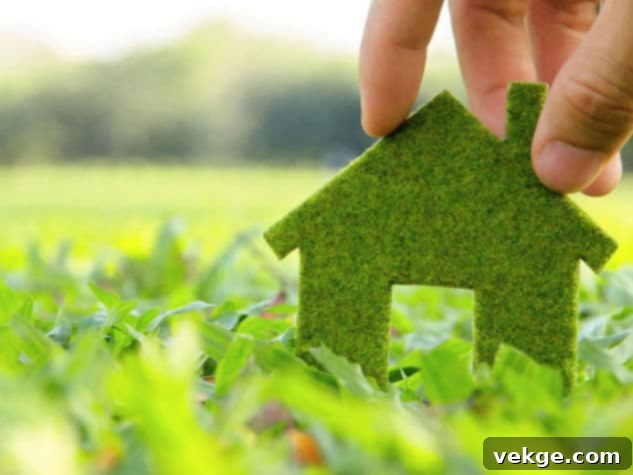
Materials such as bamboo flooring, renowned for its rapid renewability and strength, recycled glass countertops, offering unique visual textures and reducing landfill waste, and reclaimed wood, which brings unparalleled character and history to a space, are just a few examples that seamlessly blend sustainability with sophisticated style. These choices go beyond mere aesthetics, contributing significantly to a home’s overall energy efficiency and reducing its reliance on virgin resources. Furthermore, the inherent imperfections and natural beauty of these materials introduce a unique warmth and narrative to any interior.
Within this broader eco-conscious movement, specific elements like grey framed windows have experienced a surge in popularity. These windows perfectly marry enhanced functionality with contemporary minimalism, offering a sleek and unobtrusive connection to the outdoors. Beyond their undeniable aesthetic appeal, grey UPVC windows are frequently chosen for their superior thermal performance, contributing significantly to a home’s energy efficiency by minimizing heat loss and gain. This not only reduces utility bills but also aligns perfectly with the overarching goal of creating more environmentally responsible and comfortable living spaces, accentuating natural light and views while integrating harmoniously with various architectural styles.
Smart Homes and Technological Integration: The Seamless Future of Living
The rapid advancement and widespread adoption of smart home technology stand as a powerful testament to our collective desire for heightened convenience, efficiency, and security in our daily lives. What once seemed like science fiction is now becoming an expected standard, with automated systems for lighting, heating, cooling, security, and entertainment seamlessly integrated into the very fabric of our homes.
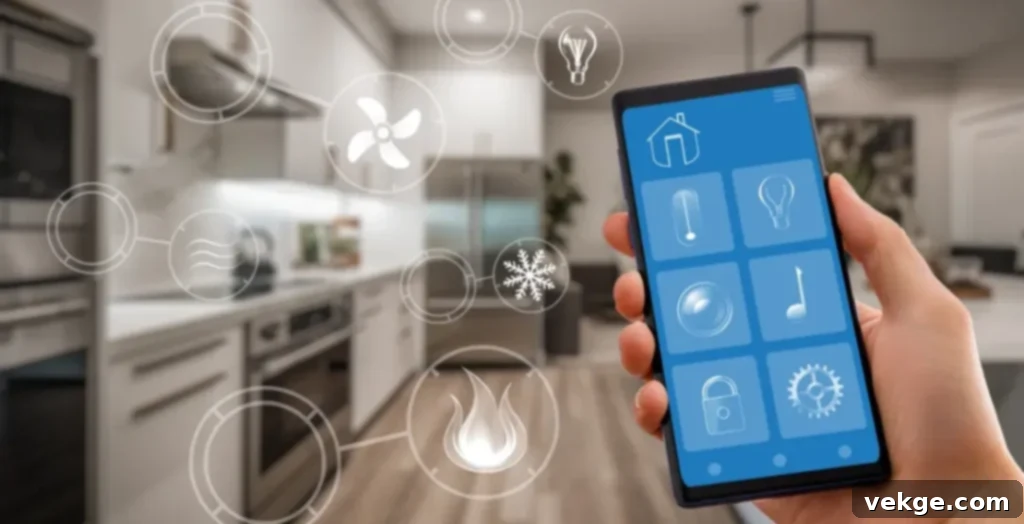
This trend extends far beyond mere individual gadgets; it profoundly influences the very layout and design of spaces to effortlessly accommodate and conceal integrated technology. From in-wall wiring and discreet sensors to voice-activated assistants and intelligent appliances, the goal is to create a living environment that is intuitively responsive, inherently more secure, and perfectly tailored to individual preferences and routines. Imagine thermostats that learn your schedule, lighting that adjusts to the time of day, or security cameras accessible from anywhere in the world.
The result is a home that anticipates needs, simplifies tasks, and provides unparalleled peace of mind. As technology continues to advance, we can expect even more sophisticated integration, with AI-driven systems learning and adapting to optimize comfort, energy consumption, and safety, making our homes not just smart, but truly intuitive living companions. This seamless blend of design and technology ensures that homes are not just aesthetically pleasing but also exceptionally practical and future-proof.
Natural Elements and Biophilic Design: Reconnecting with Nature Indoors
Biophilic design, a profound architectural and interior design approach that actively seeks to forge a closer connection between building occupants and nature, is another trend demonstrating remarkable and enduring appeal. Rooted in the understanding that humans have an innate tendency to connect with nature, this design philosophy is increasingly evident in modern homes, offering a crucial antidote to the often sterile and disconnected urban dwelling experience.
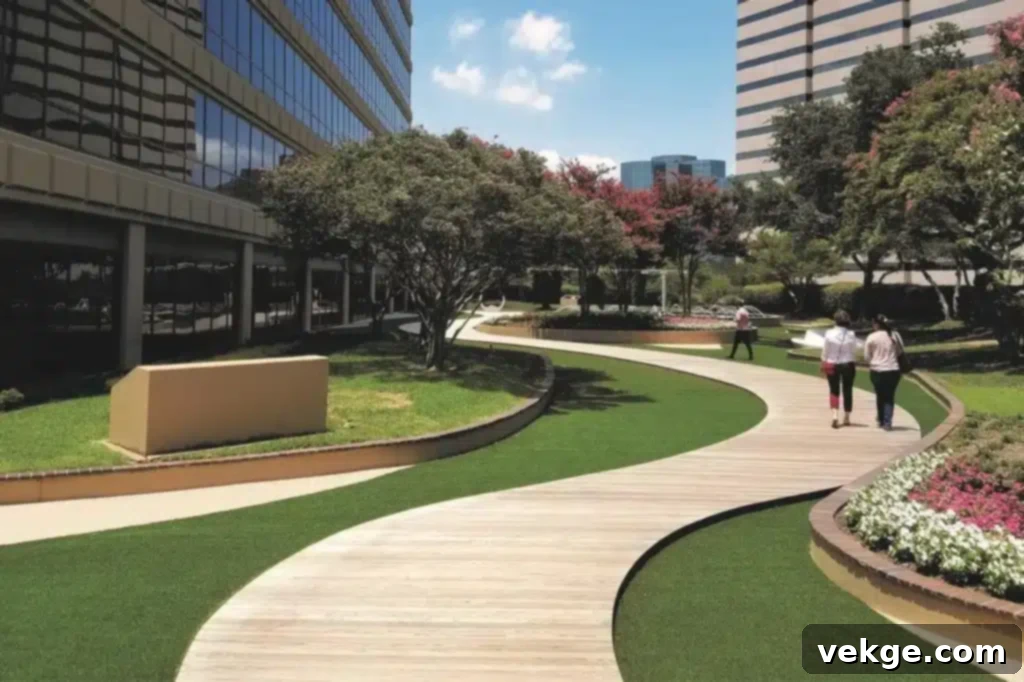
This approach manifests in various ways: the incorporation of large, expansive windows that frame breathtaking outdoor views and maximize natural light penetration, the strategic placement of indoor plants and living walls that purify air and add vibrant greenery, and the extensive use of natural materials like unpolished stone, warm wood, and natural fibers. It’s about creating a tranquil, healing, and inspiring ambiance by deliberately blurring the lines between indoor and outdoor spaces. Elements such as internal courtyards, carefully designed patios, and expansive sliding glass doors facilitate this seamless transition.
The benefits of biophilic design extend far beyond mere aesthetics; scientific research consistently demonstrates its positive impact on physical and mental well-being, reducing stress, improving cognitive function, and fostering a greater sense of calm and contentment. By integrating nature’s patterns and processes into our built environment, homes become sanctuaries that nurture the soul and enhance overall quality of life.
Multifunctional Spaces and Furniture: Maximizing Every Square Foot
In an era where space is increasingly viewed as a premium commodity, particularly within bustling urban environments, the demand for ingenious multifunctional design solutions is unequivocally on the rise. This trend is a testament to the power of creativity and efficiency, focusing on making the absolute most of every square foot within a home. It’s about designing spaces and choosing furnishings that adapt and serve multiple purposes throughout the day, or as life stages evolve.
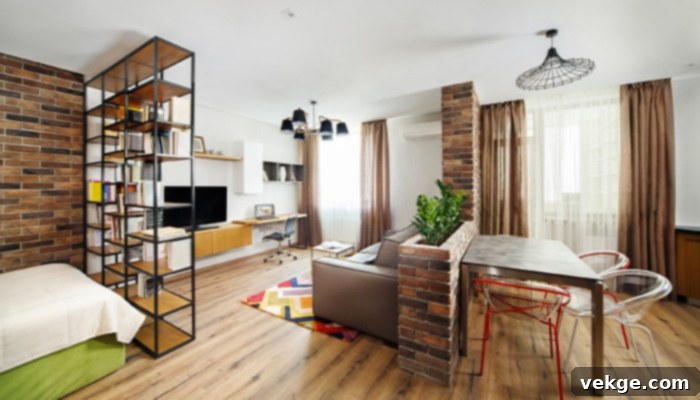
Examples abound, from sleek sofa beds that effortlessly transition a living room into a guest bedroom, to elegant ottomans and coffee tables cleverly designed with hidden storage compartments. Rooms themselves are conceived with inherent flexibility, perhaps featuring sliding partitions that can create a private office nook during work hours and then retract to expand a communal living area for evening entertainment. Adaptable layouts, movable kitchen islands, and modular shelving systems are all hallmarks of this trend, ensuring that homes are not only beautiful but also inherently practical and dynamic.
This practical approach ensures that a home can gracefully evolve with its inhabitants’ changing needs and lifestyles, from accommodating a growing family to creating a dedicated workspace without sacrificing valuable living area. By maximizing both horizontal and vertical space, multifunctional design helps combat clutter, enhances visual flow, and ultimately contributes to a more organized, serene, and stress-free living environment.
In the grand tapestry of house design, these enduring trends stand as shining beacons of innovation, sustainability, and human-centric thinking. They collectively reflect a deeper, more nuanced understanding of how our homes can and should enhance our lives — not merely through their aesthetic appeal, but fundamentally through their functionality, their environmental responsibility, and their thoughtful integration of technological advancements.
As we gaze towards the future, these trends offer an exciting glimpse into a world where design and living are inextricably linked. They promise spaces that are not only visually captivating and comfortable but also deeply meaningful, resilient, and enduring, truly built to foster well-being and adapt for generations to come. By embracing these principles, we are not just designing houses; we are crafting homes that are future-ready, timeless, and perfectly attuned to the human experience.
